
Who We Are
The Wealth Lounge is one of the fastest growing providers of alternative investments. With its hub in Dubai, it serves an international clientele of high-net worth and ultra high-net worth investors, who wish to expand their portfolios beyond the public markets, into private equity, structured products, real estate, REITs and thematic alternatives such as media.
With an in-house team of highly qualified investment analysts, The Wealth Lounge identifies unique investment opportunities in the market, running comprehensive due diligence and risk analysis before introducing opportunities to its client base. Balance and diversification being key criteria, The Wealth Lounge has created unique portfolios, uncorrelated to the volatility of public markets, with a strong client retention rate, that in April 2025 earned them a place in the Top 10 Most Reliable Investment firms in the Gulf region, alongside giants such as Mashreq Bank and Dubai Investments.
